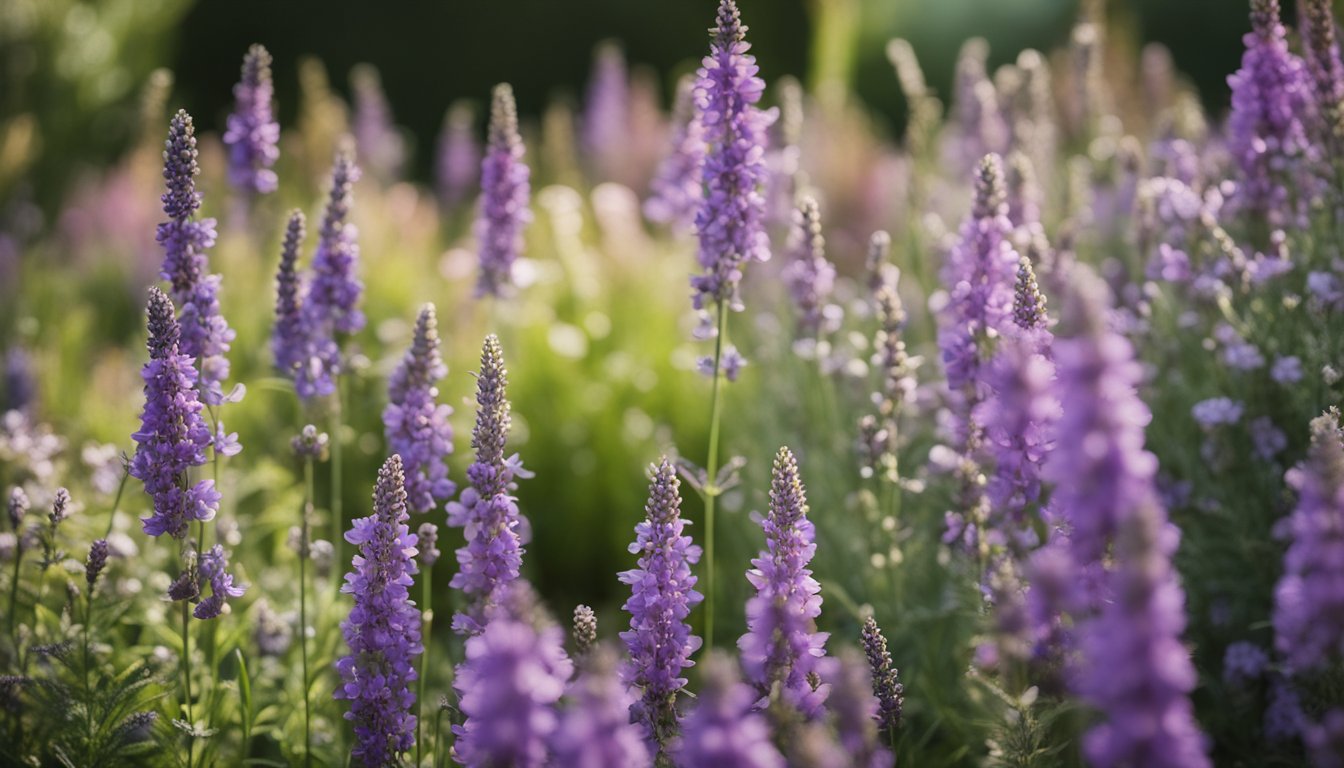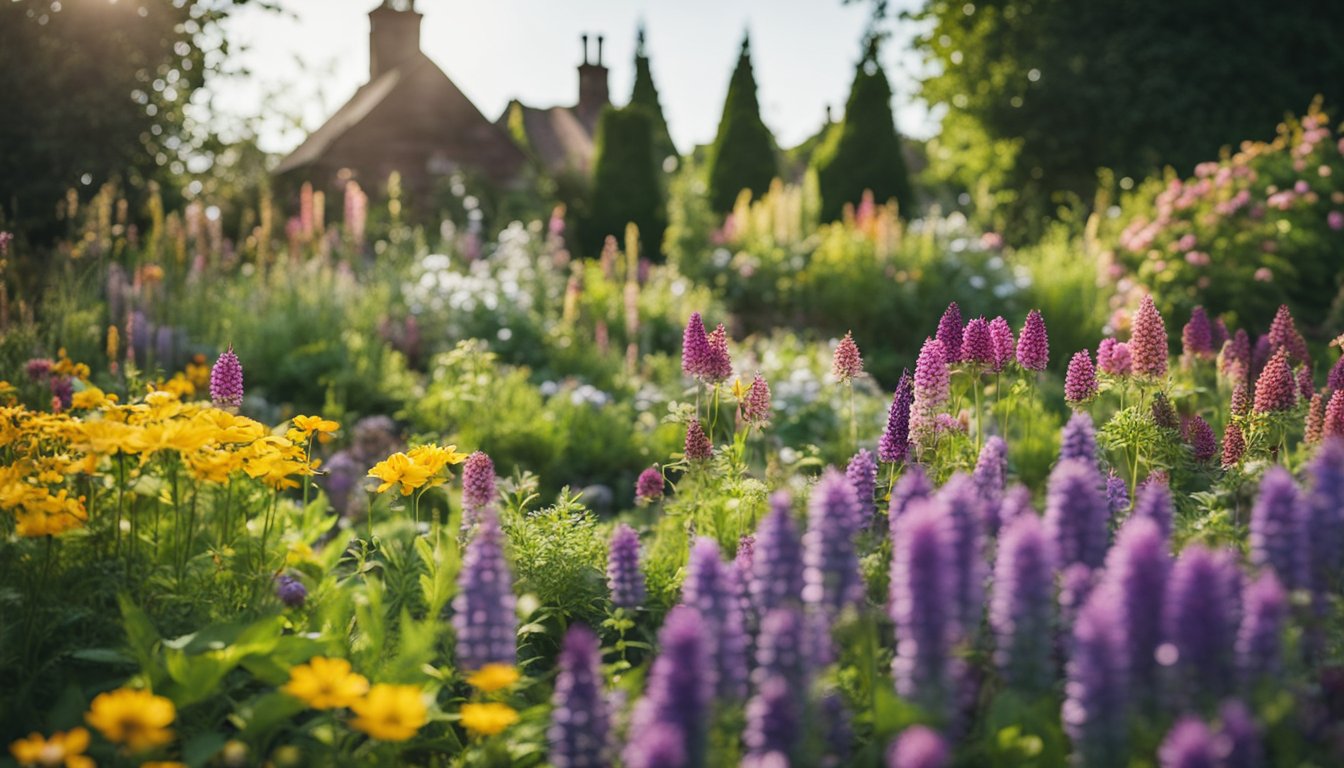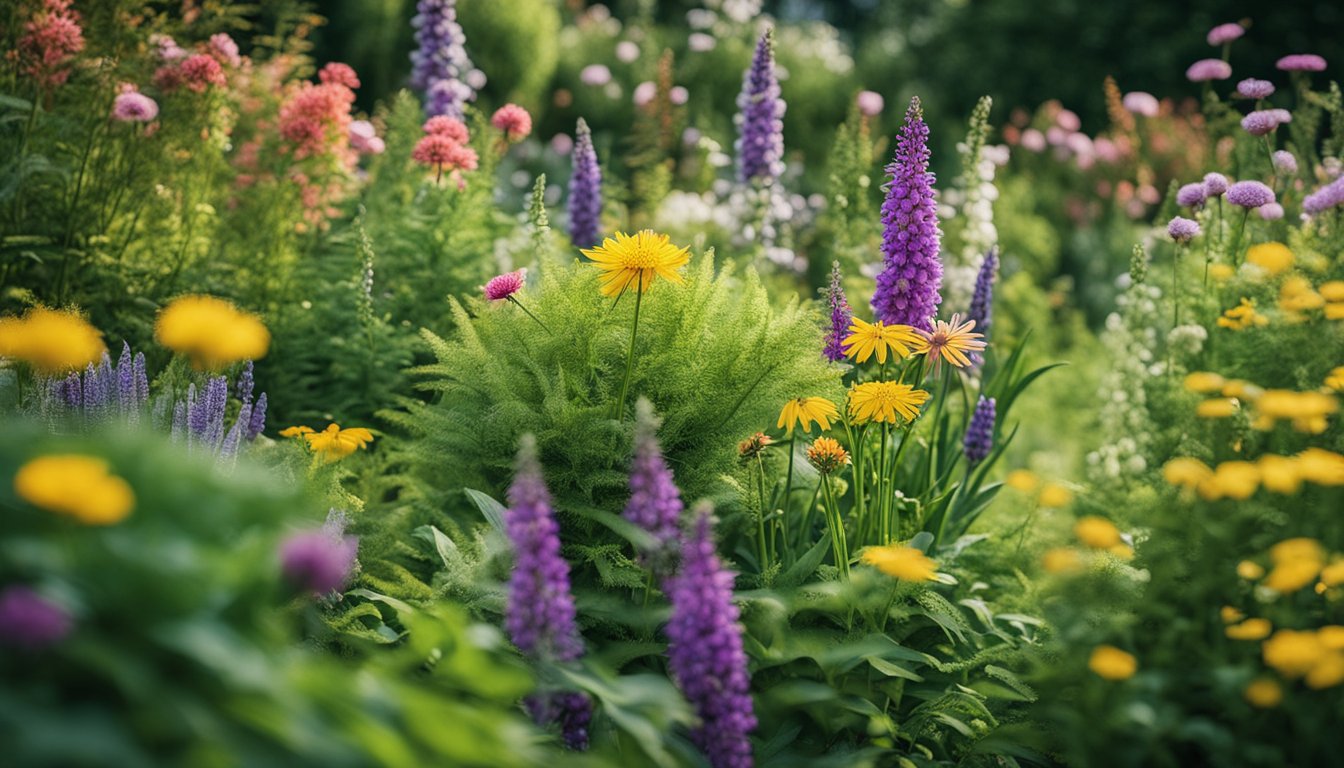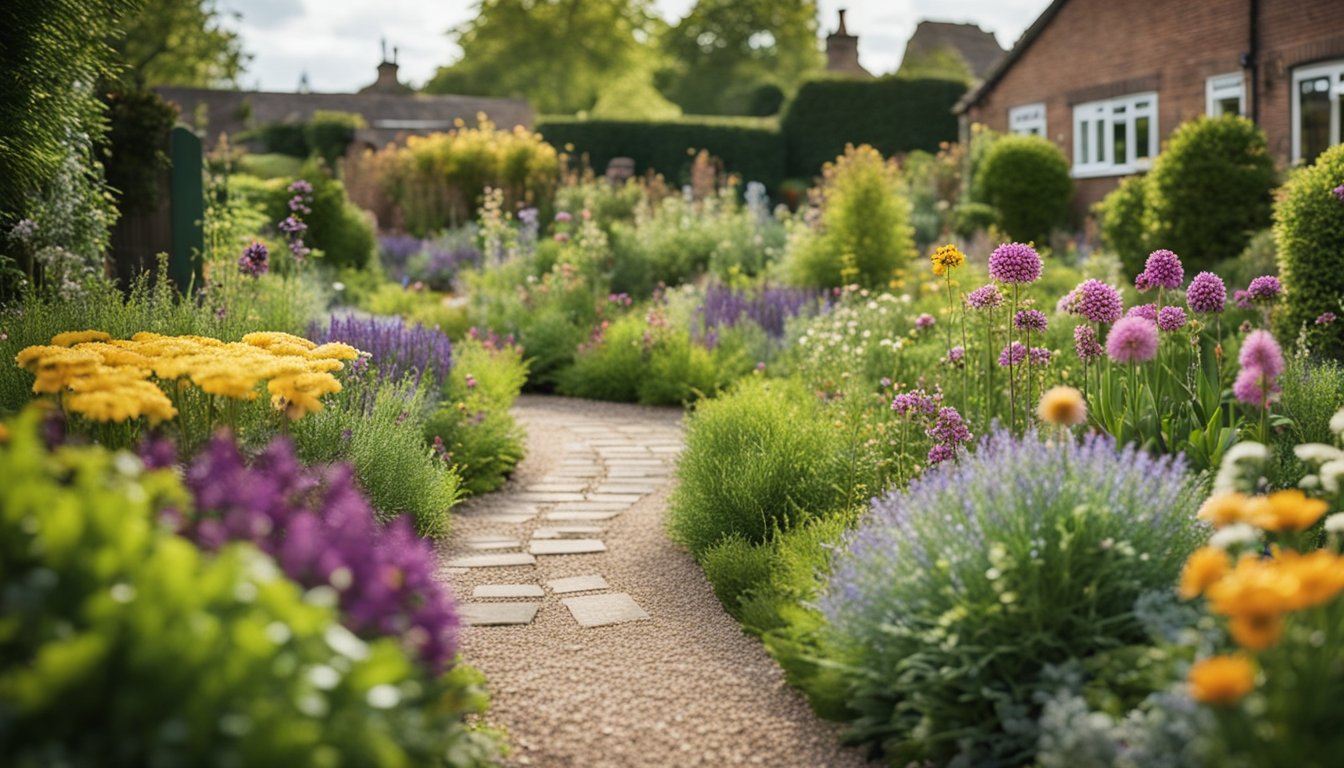Late updated: 18 Feb 2025 15:02
Written by: Emily Thornton
Native UK Perennials for Low-Maintenance Gardening: A Practical Guide
Exploring the world of native UK perennials opens up a wealth of opportunities for gardeners seeking vibrant and sustainable landscapes. These indigenous plants not only require less maintenance but also support local ecosystems, making them perfect for busy gardeners. Incorporating native perennials allows us to enjoy thriving gardens with minimal effort while contributing to the environment's health.

Choosing the right native perennials involves understanding which plants naturally align with the UK's soil types and climate. Silene dioica, for instance, adds a splash of colour to any garden and attracts pollinators, enhancing biodiversity. Delving into the local flora offers both aesthetic fulfilment and a habitat for wildlife, creating a harmonious garden experience.
Designing a low-maintenance garden doesn't mean sacrificing beauty or variety. By selecting slow-growing and resilient native plants, we can craft a garden that flourishes with limited upkeep. These choices simplify the gardening process, providing year-round interest without demanding extensive care, allowing us to spend more time enjoying rather than tending to our green spaces.
Key Takeaways
- Native UK perennials support local ecosystems.
- Select plants that thrive in specific soil and climate conditions.
- Choose slow-growing plants for a low-maintenance garden.
Selecting Native UK Perennials

Choosing the right native UK perennials can dramatically simplify gardening by reducing maintenance needs and supporting local biodiversity. By focusing on seasonal interest and specific growing conditions, we can ensure a thriving garden year-round.
Best Varieties for Seasonal Interest
To capture interest throughout the year, we recommend a selection of perennials with staggered blooming times. Echinacea purpurea is ideal for late summer, offering vibrant purple blooms and attracting pollinators. Early spring sees primroses and wood anemones, providing a delightful burst of colour after winter.
Intersperse these with bearded iris and lilies for early to midsummer blooms. For autumn, sedum and helianthemums extend the flowering season into the cooler months. Consider planting these perennials in clusters or borders for maximum visual impact, ensuring a seamless transition from one blooming period to the next.
Plants for Specific Conditions
Matching perennials to their preferred conditions is crucial for success. For sunny spots, consider lavender and geranium, known for their drought tolerance and aesthetic appeal. They are also excellent choices for providing ground cover in challenging areas.
In shaded or woodland settings, ferns and dog rose thrive. These plants naturally adapt to lower light levels and more moist conditions. Bulbs such as iris can be perfect for areas requiring early seasonal colour, while peonies are well-suited to rich, well-drained soils. By selecting the right plants for each area, we contribute to a luscious, effortless garden.
Designing Your Low-Maintenance Garden

Creating a low-maintenance garden involves thoughtful plant selection and planning. By focusing on ecological borders and container gardening, we can build a sustainable and visually appealing garden that requires minimal upkeep.
Creating Ecological Borders and Beds
In our approach to borders and beds, we prioritise plants that naturally thrive in local environments. Native perennials like Primula vulgaris, Rosa canina, and Alchemilla mollis are excellent choices, bringing both beauty and resilience. These plants effortlessly adapt to UK climates and, once established, need little intervention.
A mix of textures and colours can be achieved through Helenium, Russian sage, and Black-eyed Susan. These herbaceous perennials not only look stunning but also attract pollinators, enhancing biodiversity. Adding fragrant flowers like marigold or foxgloves can further enrich the sensory experience while demanding minimal effort.
Eco-friendly borders can be supported by alternating perennials with robust ground covers such as Yucca or Heuchera. These plants reduce weed growth and conserve soil moisture, thus reducing watering and weeding tasks. Selecting perennials that prefer well-drained, less fertile soil helps maintain the garden's health with less intervention.
Container Gardening with Perennials
For those with limited space or who prefer flexibility, container gardening offers a practical alternative. By choosing resilient perennials like Hostas and Coral Bells, we can create vibrant displays that require little care. These plants are well-suited for containers as they adapt well to various conditions.
Adding herbs such as basil or rosemary to containers not only provides culinary benefits but also enhances the garden's aesthetics. These herbs compact well with perennials like Clematis and Yarrow, offering a layered look with year-round interest.
By alternating flowering plants with herbs, we can design container gardens that are both functional and attractive. Using lightweight containers and pots with good drainage ensures that our perennials remain healthy. Regularly rotating plants within the containers adds dynamics without the need for replanting, offering seasonal interest with minimal effort.
Frequently Asked Questions

In the realm of UK gardening, native perennials offer easy maintenance and vibrant year-round colour. Let's explore specific plants and strategies to cultivate a thriving garden without excessive effort.
Which native UK perennials require the least amount of upkeep for a garden?
Native perennials such as Eryngium and Echinacea require minimal care. These plants are adapted to local conditions, efficiently conserving resources by needing less watering and tending. They're perfect for helping us reduce garden upkeep time while still promoting biodiversity.
What perennial plants can provide colour all year round with minimal maintenance?
For continuous colour, perennials like Hellebores and Bergenia are excellent choices. They thrive in various climate conditions and soil types, offering season-spanning blooms and foliage. Ensuring a mix of early and late bloomers in the garden will maximise year-round visual appeal.
Can you suggest some perennial wildflowers that are easy to cultivate in the UK?
Easily grown wildflowers such as Oxeye Daisy and Common Knapweed bring life and colour to gardens. These plants are relatively trouble-free and attract bees and butterflies. With minimal care, they flourish, creating a habitat that supports local pollinators and enriches the garden's ecosystem.
What are some hardy perennial plants suited to the UK's climate for novice gardeners?
Lavender and Sedum are both hardy and forgiving. These plants suit varying conditions across the UK, providing lush growth with basic care. Beginning gardeners will appreciate how these plants can handle occasional neglect while still enhancing outdoor spaces.
How can one design a low-maintenance garden that's suitable for the elderly?
Creating a suitable garden involves choosing raised beds for easier access, using hardy perennials like Geraniums to reduce labour, and incorporating ergonomic tools. Automated watering systems also alleviate physical demands. A carefully planned layout helps minimise effort and maximise enjoyment.
What are cost-effective strategies for creating a low-maintenance garden in the UK?
Utilising mulch reduces weeds and conserves moisture, lowering the need for watering. Native wildflowers and perennials cut down plant care costs over time, as they naturally thrive in the UK climate without additional resources. Grouping plants by water needs similarly streamlines maintenance.
